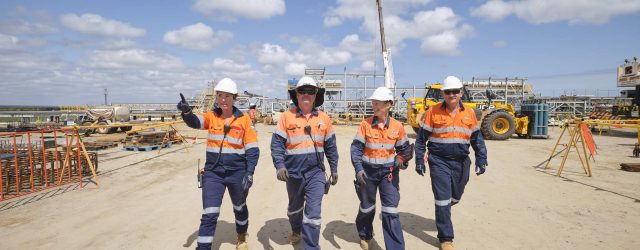Dab the brake on projects but accelerate reform
Posted: 29th March 2022
Posted in: Blog

Posted: 29th March 2022
Posted in: Blog
The NSW government has declared its pipeline full for any new major projects in the short to medium term. Hats off to the government for its bold admission. It is admirable for the NSW government to announce plans to review the timing of major infrastructure projects, rather than rushing to market to meet election timings. However, the flipside is that a disruption to previously announced project pipelines causes further disruption to industry, and an inability for industry to plan ahead.
Infrastructure Australia recently identified that in just over 12 months the industry is predicted to experience a shortfall of 105,000 construction workers and that was before the floods created increased demand for trades. Deferral of projects is one solution to this problem, and industry needs a sustainable pipeline of work over the long term. But there is a huge opportunity to have our cake and eat it too.
Rather than apply the hand brake to projects, the NSW government should hit the accelerator on industry reform. Reforms to improve the productivity and sustainability of the industry are desperately needed now. Construction productivity has not grown in 30 years whereas productivity in other major industries has grown by 25 per cent. If we could just halve this gap, we could be doing a lot more—$15 billion more—with a lot less.
Greater government and industry collaboration will help facilitate the shift to greater productivity. While NSW is improving its approach to buying infrastructure, a survey conducted by the Australian Constructors Association in late 2020 found NSW trailed Victoria in adopting more collaborative approaches.
The NSW Government has published many fine documents like the 10-point plan and Premier’s memorandum, but this needs to be followed up with action. Industry is still being asked to take on risk that cannot be priced such as material price escalation. The only people that win in this situation are the lawyers and insolvency administrators.
Greater collaboration is needed to ensure project objectives are clear and risk is appropriately allocated and managed. We need to stop duplicating and wasting effort – there are quick wins that can be easily implemented such as integrated and agile project teams made up government and contractor personnel, reducing multiple design reviews and measures to avoid claims and disputes such as use of dispute avoidance boards. Productivity improvements can also be magnified by better use of technology such as digital engineering tools.
Governments across Australia have invested heavily in infrastructure because every dollar spent has a $3 kick on to the wider economy. Like every government across Australia, NSW’s finances are under pressure after two years of pandemic spending but slowing projects will have unintended consequences for the state’s economic recovery.
Whilst applying the brake for new projects is one solution to the capability and capacity shortfall, the best solution is to hit the accelerator on reform.